BelOMO 35KP 1,8/100

BelOMO 35KP 1,8/100 lens unmounted
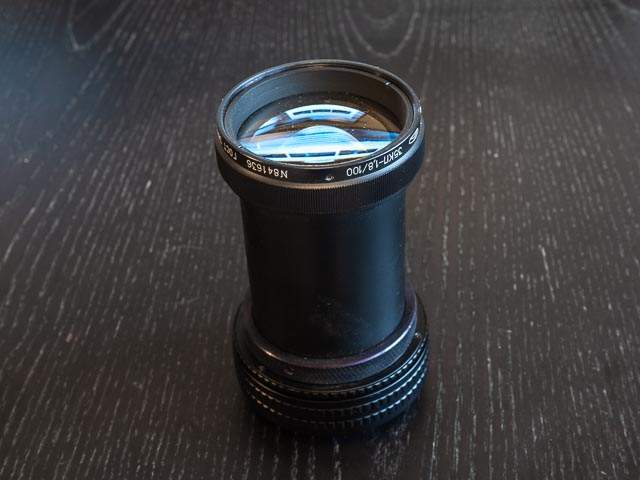
BelOMO 35KP 1,8/100 adapted and ready to use on Sony E mount
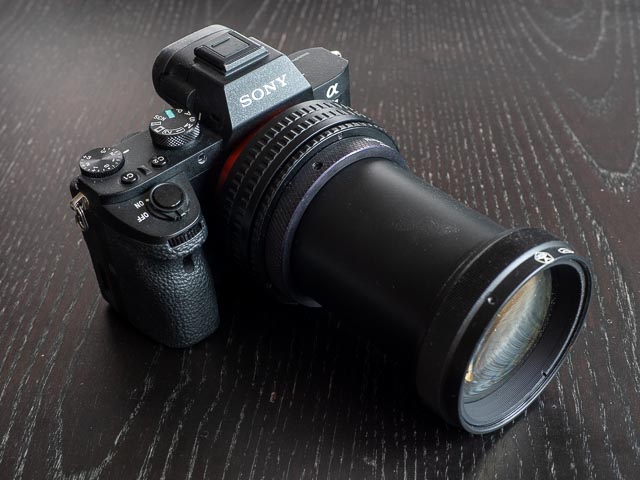
BelOMO 35KP 1,8/100 mounted on a Sony A7 II camera
If you just want to see some photographs, just skip straight to the examples section.
This is Soviet-era lens from a 35mm cinema projector. You would have found lenses like this on projectors in cinemas in small towns across the Soviet Union in the 1970s and 80s. As such it is a big hefty lump pf glass: the lens itself weight in at just over 700 grams, and the complete adapted lens weighs in at over 970 grams. Unlike my other Soviet-era 35mm cinema projector lens, the LOMO PO501-1, which arrive in very poor condition and with highly decayed lens coatings, this lens is in almost new condition… it really looks as though it has never been used. It's was made in Belarus rather than Russia, and it's slightly faster than the LOMO PO501-1 at f/1.8 rather than f/2.
There was a whole series of 35KP lenses, all with an aperture of f/1.8 and focal lengths from 50mm to 140mm (but the 100mm, 120mm, and 140mm are the common ones). The diameter of the lens barel of the 100mm version is 62.5mm which is a common standard for this sort of cinema projector lens and exactly the same as the LOMO PO501-1, so exactly the same set of adapters works here too.
Here is everything I used to adapt this lens:
-
A focusing helicoid designed to mount an M65 screw mount lens on an M65 screw mount camera with a extension range of 22-55mm.
As usual you can find these focussing helicoids on both Amazon or eBay
-
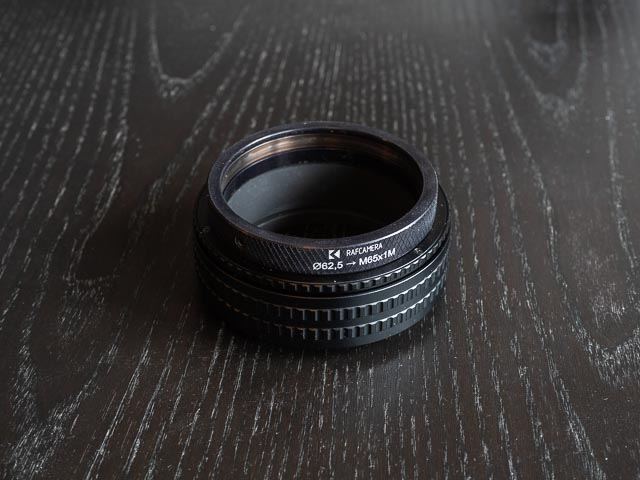 62.5mm clamp to M65x1 male thread adapter
62.5mm clamp to M65x1 male thread adapterA company in Belarus called RAFCamera. I bought this adapter from eBay and unfortunately RAF Camera no longer trade on eBay, but you can still buy there products from their own website. Expect to pay around $30 for the 62.5mm clamp to M65x1 male thread adapter. My 62.5mm clap has become permanently fused to by M65 focussing helicoid, which is why they're photographed here together!
-
 M42 to M65 step-up ring
M42 to M65 step-up ringThe next thing you need is a step-up ring to convert the camera end of your focussing helicoid to an M42 mount. I was luck to find mine second hand on eBay, but RAF Camera can help you out with a M42 to M65 step-up ring, again for about $30.
-
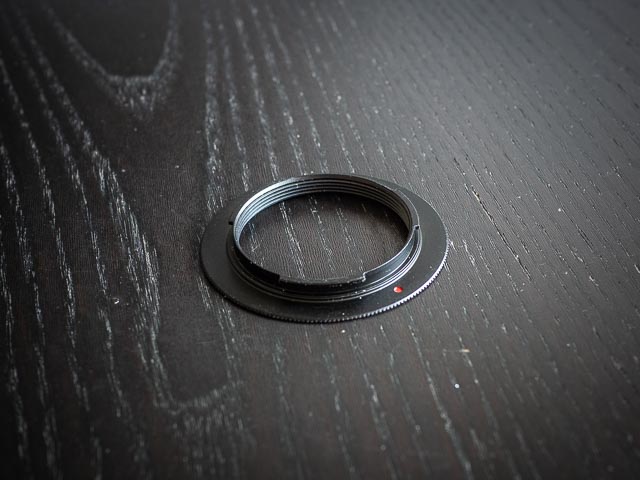 Slim M42 to Sony E adapter.
Slim M42 to Sony E adapter.This ultra slim M42 to Sony E adapter is designed specifically for attaching focusing helicoids to Sony mirrorless cameras. Head to Amazon or eBay to find a similar one.
Method
The method for building this lens is pretty simple as you really just have screw everything together. Begin my screwing your 62.5mm to M65 clamp into the lens end of your focussing helicoid. Then screw the M42 ro M65 step-up ring into the camera end. Then screw on the ultra slim Sony E Mount to M42 adapter into the step up ring. The last thing to do is insert the camera end of the lens into the end of your completed adapter. The 62.5mm to M65 clap will come with an allen key to tighten some screws to keep your lens in place. Then you're ready to mount your lens on your camera.
Notes on using your adapted projector lens
This lens is, it has to be said, very uncomfortable lens to use as it is so wide there isn't enough space for your fingers between the camera's hand grip and the helicoid. But with a little effort it's still possible to focus. When using the ultra-slim M42 to Sony E-mount adapter mentioned above you'll be able to focus down to around 75cms, which is close enough to fill the frame with an object around 16-17cm wide. That is the equivalent of a reproduction ration of around 1:4.5. But either a standard Sony M42 to E-mount adapter, or extension tubes, can be used to get macro levels of close focussing. But then your depth-of-field will be super shallow, so a solid tripod will definitely be necessary to stand any chance of mailing the focus. You can, of course, use all your camera's usual manual focusing aids, such as magnification and focus peaking.
Examples
This first set of photographs were all shot at Royal Botanic Garden, Edinburgh. Some where shot using a short extension tube, and despite what I said above they were all shot completely freehand! So if you're careful you can just about get away without a tripod if you not focussing too close, but if one is practical it's still recommended.

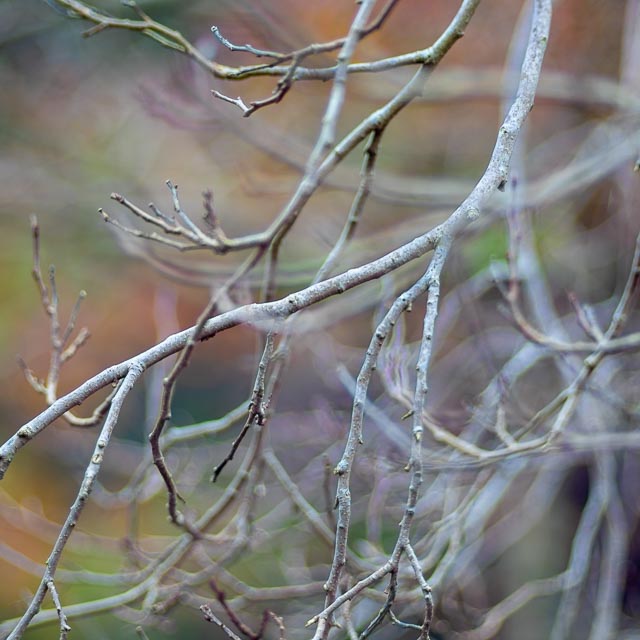
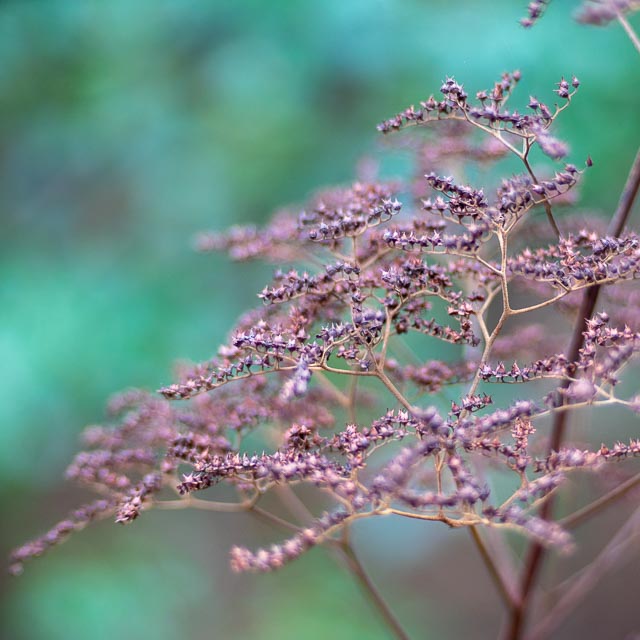
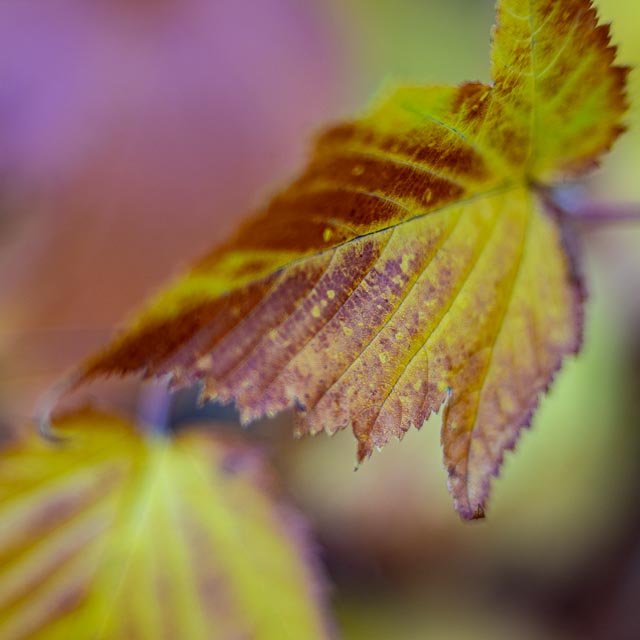
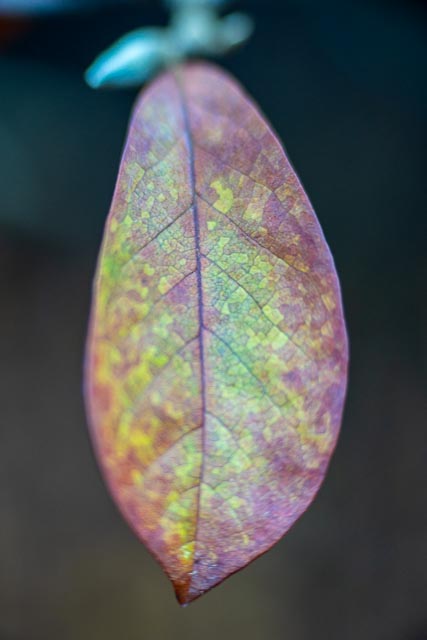



This next set of 4 images were shots in the ground of Greyfriars Kirk, in Edinburgh's Old Town. They give a goot idea of the bokeh at middle and longer focussing distances. The black and white conversions were done in Silver Efex Pro as usual..



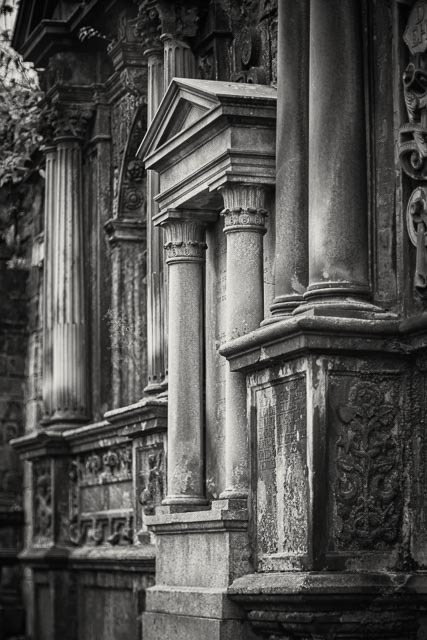
This set of 4 photographs were shot at home using a variety of extension tubes for some fairly extreme macro focussing. I found that at these close focussing distances the results were not particularly sharp, although that could be due to my poor focussing technique (though I was using a tripod… honest!!). But I still like the results, sometimes sharpness isn't everything!




One more set of photographs shot out-and-about in the winter morning sun. Note the interesting rainbow flair in the first of these photographs, shot with the sun was just outside the frame. This is exactly the kind of thing that a modern camera lens designer would go to a lot of trouble to eliminate altogether, but this is exactly why I like shooting with weird and/or vintage lenses! And there was some fairly extreme chromatic aberrations in the photograph of the trees which Lightroom has mostly eliminated. I think this photograph gives a good idea of the ability of this lens to given an almost 3 dimensional level of separation, even at long focussing distances.



